
Port of LA enlists industry to fend off cyber threats
The Port of Los Angeles is enlisting the support of shipping lines, terminal operators, railroads, truckers, and labor unions in a collaborative effort to address cyber security threats, a strategy port stakeholders agree should be a natural outgrowth from data-sharing efforts.
“In partnership with our maritime industry stakeholders, we have the opportunity to enhance the ability of the port ecosystem to see cyber threats on the horizon and improve information sharing to help manage respective and collective cyber risk,” said Gene Seroka, Port of Los Angeles executive director.
According to the Jones Walker Maritime Cybersecurity survey released last October, there is a growing awareness among maritime companies of the need for improved cybersecurity, especially at those firms that suffered a breach of security. Cyber attacks against Maersk Line in 2017 and Cosco Shipping in 2018 rippled through international supply chains, heightening the awareness of beneficial cargo owners (BCOs) and carriers about cybersecurity threats. The industry learned from those events that even basic measures such as keeping software current can harden the entire ecosystem against attacks, and by the same token, failure to do so can increase vulnerability.
Weston LaBar, CEO of the Harbor Trucking Association in Southern California, said that with the spread of machine-to-machine communication among ocean carriers, railroads, truckers, and their customers, the trucking industry is keen on guarding against cyber threats. “The entire supply chain is at risk when we have exposure. We learned this lesson from the Maersk incident,” he said. Although truckers themselves may not be the direct targets of a cyber attack, they sustain residual damage along with other members of the supply chain.
The proposed cyber resilience center is intended to foster a sharing of cyber threat information among the many stakeholders served by the largest US port, with the port acting as a facilitator. “Over the past few years, we have seen how cyber incidents have impacted some ports across the world, threatening the operations of the entire maritime supply chain. That’s why we’re taking a collaborative approach to strengthen our cyber security posture,” said Tom Gazsi, deputy executive director and chief of public safety and emergency management at the port.
While the portwide effort is in its nascent stage, LaBar envisions the use of existing transportation technologies and the emergence of new technologies as driving the cybersecurity effort. In the area of trucking, drayage companies look to technology to address their immediate needs in the transportation supply chain, but they are also open to using these products in a resilient manner to support other goals. “For everything we’re looking at, we ask, ‘Does it work for what it’s intended?’ and then, ‘What is the value-add?’” he said.
Contact Bill Mongelluzzo at bill.mongelluzzo@ihsmarkit.com and follow him on Twitter: @billmongelluzzo.

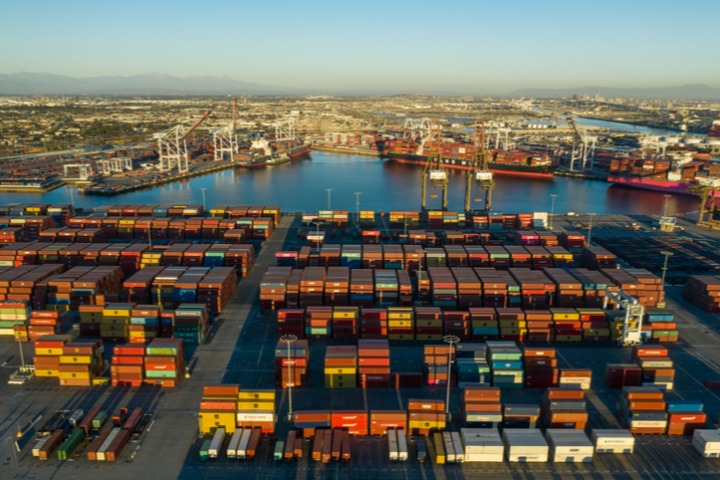
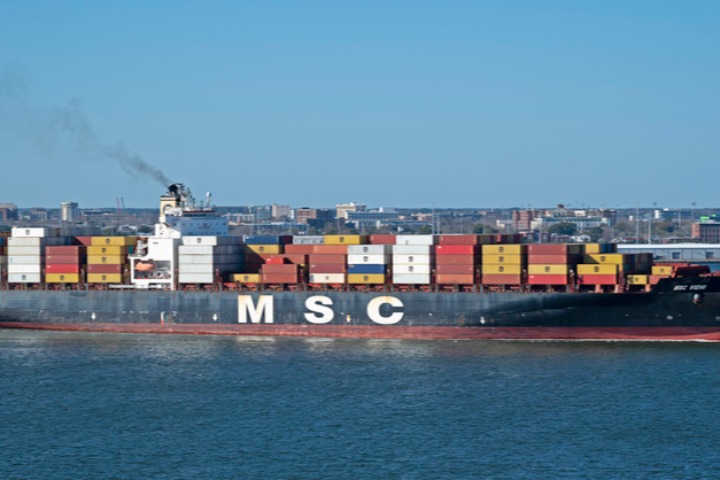
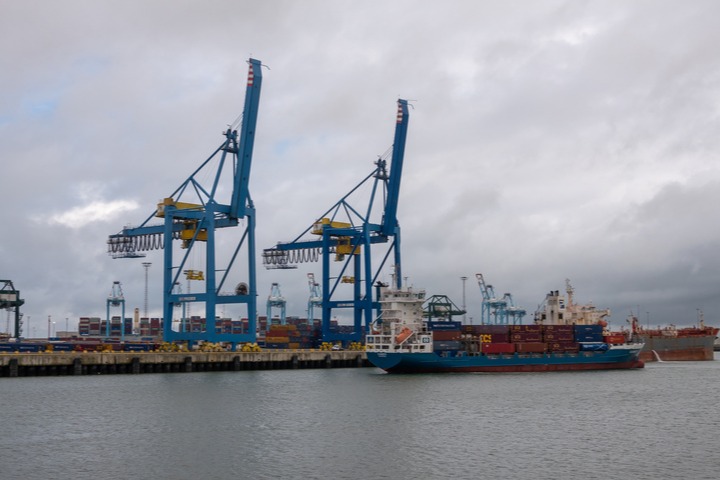
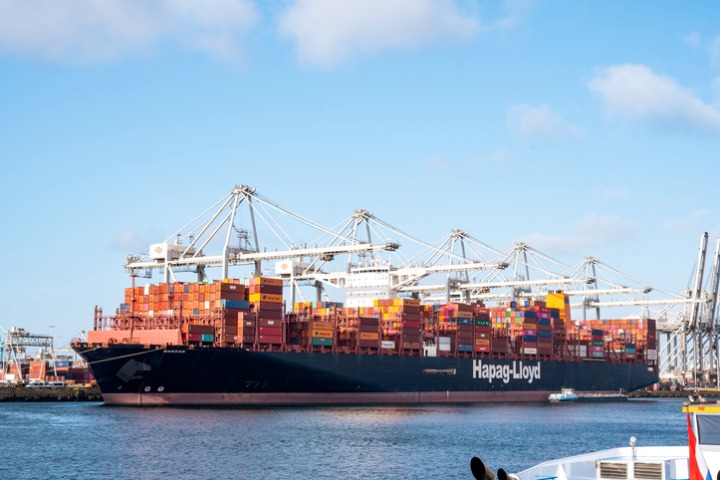
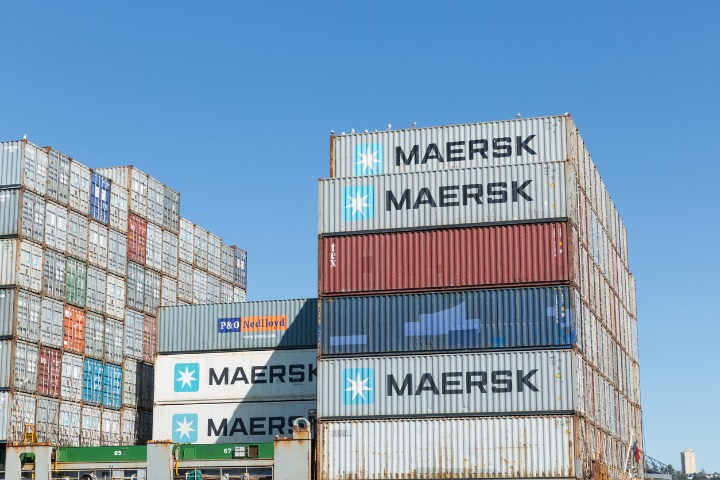
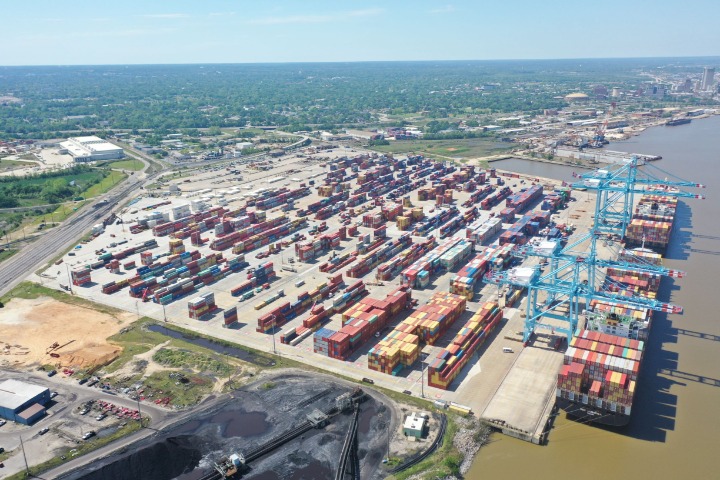
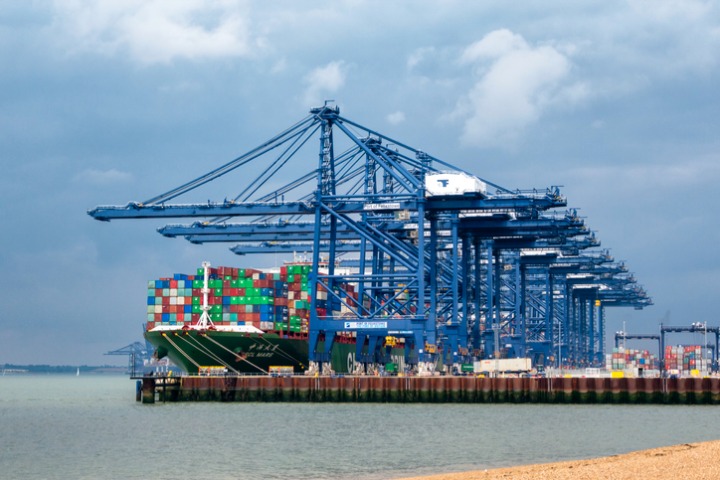
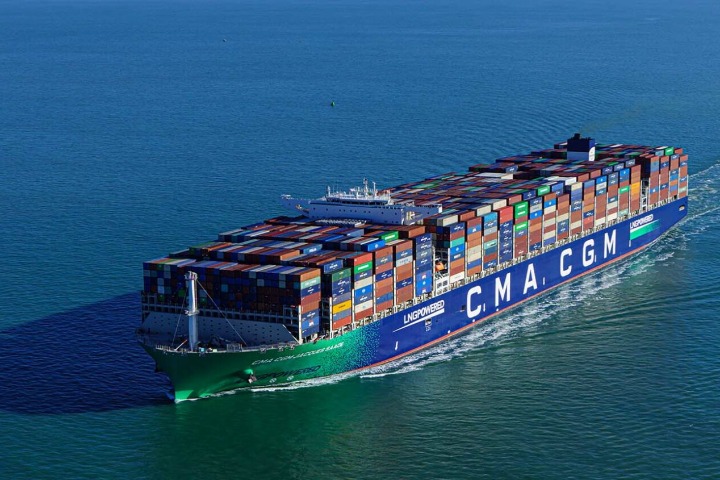

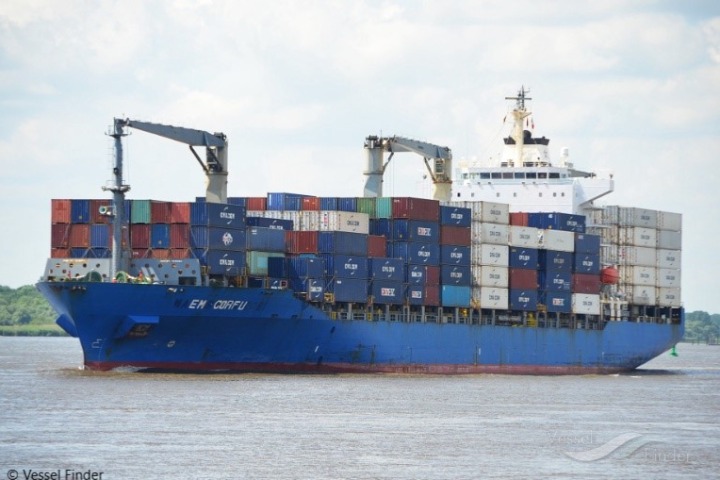













Comments